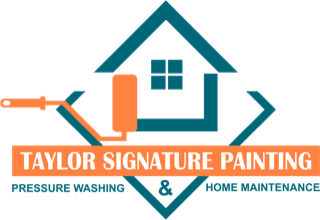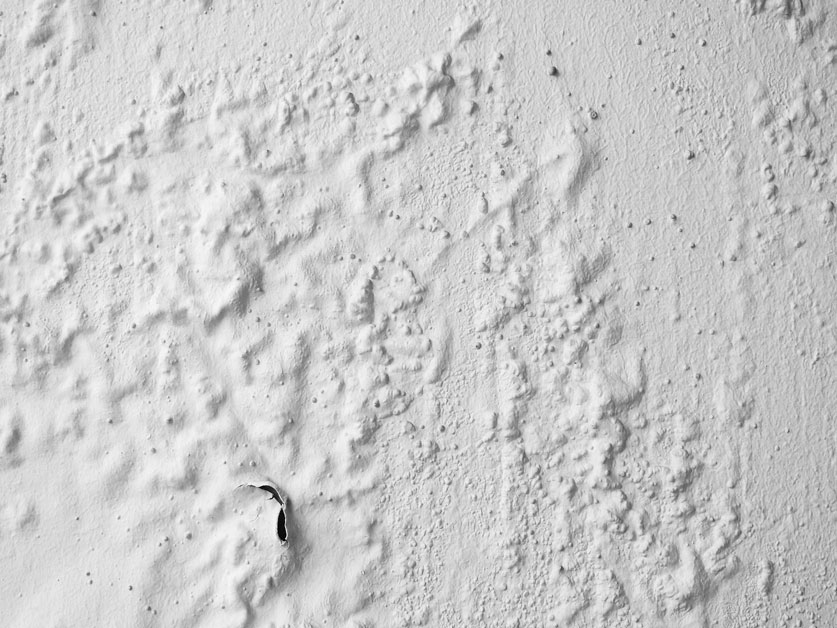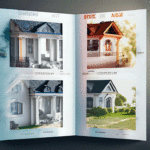Blistering paint is an unsightly and concerning problem that can affect both the interior and exterior of your home. These blisters, which resemble small bubbles or domes, can appear on various surfaces, including walls, ceilings, and trim. Not only do they detract from the aesthetic appeal of your home, but they also indicate underlying issues that require attention.
Understanding the Culprits Behind Blistering Paint
Several factors contribute to the formation of blisters in paint. Identifying these causes is crucial for preventing the problem from recurring and restoring the integrity of your painted surfaces.
- Moisture Intrusion: Moisture is a primary culprit for blistering paint. Water can penetrate the paint film, causing it to soften and detach from the underlying surface. This often results in the formation of blisters, especially in areas prone to condensation or leaks.
- Improper Surface Preparation: Neglecting or inadequately preparing the surface before painting can lead to poor adhesion, making the paint more susceptible to blistering. This is particularly common on older homes with multiple paint layers or on surfaces that have been previously painted with incompatible primers or paints.
- Poor Paint Quality: Using low-quality or incompatible paint can also trigger blistering. Cheap paint may not be as flexible or moisture-resistant as high-quality paint, making it more vulnerable to bubbling under moist conditions.
- Improper Paint Application: Applying paint in thick layers or during extreme weather conditions, such as high humidity or direct sunlight, can also cause blistering. Thick paint layers take longer to dry, increasing the risk of moisture becoming trapped beneath the paint film.
- Temperature Extremes: Drastic fluctuations in temperature, especially rapid temperature changes from cold to hot, can stress the paint film, leading to blistering. This is particularly prevalent in climates with extreme temperature variations.
Effective Remedies to Eradicate Blistering Paint
- Address Moisture Issues: Promptly eliminate any sources of moisture intrusion. Repair leaks, improve ventilation, and control humidity levels to prevent further moisture accumulation.
- Scrape and Sand: Scrape off any loose or blistered paint using a paint scraper. Lightly sand the affected area to smooth out any irregularities and create a better surface for adhesion.
- Prime the Surface: Apply a coat of high-quality primer specifically designed for the surface. This will seal the surface, enhance adhesion, and provide a uniform base for the new paint.
- Choose High-Quality Paint: Select high-quality paint that is specifically formulated for the surface and intended application. Opt for paint with high moisture resistance and flexibility to withstand environmental conditions.
- Apply Paint Properly: Apply paint in thin, even coats, following the manufacturer’s instructions. Avoid painting in extreme weather conditions and allow each coat to dry completely before applying the next.
Conclusion
Blistering paint can be an eyesore and a sign of underlying problems. By understanding the causes, implementing preventive measures, and following effective repair techniques, you can eradicate blistering paint and restore the beauty and integrity of your home’s painted surfaces. Remember to always prioritize safety when working with paint and consult a professional if the problem is extensive or you lack the necessary experience.



